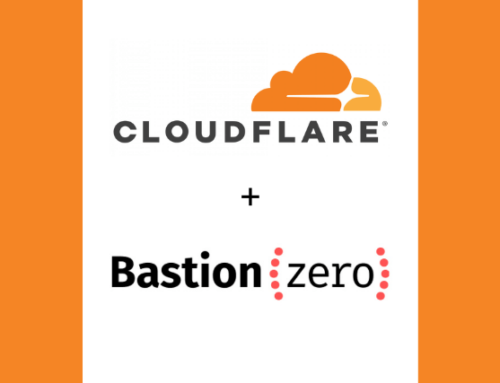In this post: Learn how to reduce the effect of cyberattacks on your organization through effective IT security management.
You just discovered some malware lurking in your infrastructure that’s been collecting data silently for the past six weeks. What now?
If the next steps are not immediately clear, then perhaps you should revisit your company’s cybersecurity protocols.
Despite the advanced technology and software that you may have in place, your company’s human factor will almost always be the weakest link in your cybersecurity defense chain. Consequently, we encourage you to enforce rigorous security protocols and to require all employees and leadership to participate in regularly scheduled cybersecurity training.
Without proper training and resources, people create security risks. It’s inevitable. But give your employees a comprehensive set of cybersecurity processes, and they will be better able to combat the tide of phishing scams and hacking attempts.
Keep it Simple.
These processes don’t have to be complicated. It is vital to the security of your company for you to have systematic methods of approaching and responding to security risks. Your processes must be both standardized and transferable; any one of your employees needs to be able to look at the protocols and end up at the same solution every single time:
- How do you determine if an email is a phishing scam?
- How do you know when your accounts have been compromised?
- What steps do you take to recover from a data breach?
- What steps do you take to respond to a malware attack?
- What steps do you take to mitigate a DDoS attack?
While there should still be some room for your personnel to problem solve—because humans are not automatons—these universalized processes are meant to ensure that all of your employees approach the problem in the same way at any given time. Rather than trust Ed from engineering’s word that the new line of servers is secured, you could simply follow the process behind him and (hopefully) arrive at the same conclusions.
These security processes must also be comprehensive. In other words, make sure that you don’t go through 899 steps only to find out the hard way that you have overlooked the 900th. Ideally, you never want to be faced with a problem that has no associated step allocated to it. And if that problem ever arises, you should have a process for how to incorporate it into your mitigation process in the future. Your engineers might have investigated the firewall for open ports, vetted your servers for malware, and tested your applications for vulnerabilities, but if they never checked to see if the IPS signatures were up to date, you’re still leaving yourself open to future attack.
Have a Solid Foundation.
Finally, while formulating your IT security management processes, be sure to build upon reputable foundations.
Adapture, for instance, derives its cybersecurity processes from NIST’s Cybersecurity Framework—it is this vetted authority that directly informs how we approach risk mitigation. As an industry standard, NIST’s Cybersecurity Framework “enables organizations—regardless of sector, size, degree of cybersecurity risk, or cybersecurity sophistication—to apply the principles and effective practices of risk management to improve the security and resilience of critical infrastructure.”
When your company follows these cybersecurity best practices, you are guaranteed a more standardized, comprehensive, and reliable methodology. Having a hardened, strategic framework is the best way to achieve consistent success with your security defenses.
In short, cybersecurity processes are meant to take the human and technological resources you have and combine them in a methodical way to protect your infrastructure more effectively.
Are you concerned about the effectiveness of your existing security protocols? Speak to one of our security architects to discuss your company’s current procedures and establish reliable processes.












